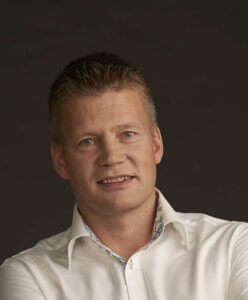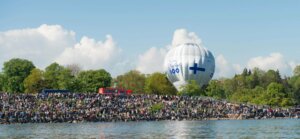The New Aviation Museum is a driving force and attraction for the development of the Aviapolis area. The new museum diversifies the urban landscape of the area and provides a pleasant place for leisure and meetings for those working in the area. The New Aviation Museum and the high school being built next to it, right next to the Aviapolis train station, will initiate public construction in the area and bring new life to the entire area.
The museum’s economic impact on the region is significant. The museum generates economic benefits for logistics, restaurant, and tourism services, as well as retail in Vantaa and nearby areas.
The New Aviation Museum is an international-level visitor destination, attracting over 100,000 visitors annually. Its location in the heart of the airport city, near Helsinki-Vantaa Airport, appeals to both individuals and businesses. Good transport connections and accessibility enable the organization of business meetings and events in the museum’s high-quality, aviation-themed facilities.
Aviation is an international field. Through the museum’s current and future international contacts, partners, and customers, the New Aviation Museum promotes not only the museum’s content but also the Vantaa area and Finland as a whole.
The New Aviation Museum project strengthens the cultural capital of the Helsinki metropolitan area and enriches the cultural field of Finland through the museum’s national role. The new museum’s opportunities with new partners and implementations support the development of the entire museum sector and a positive future outlook.



